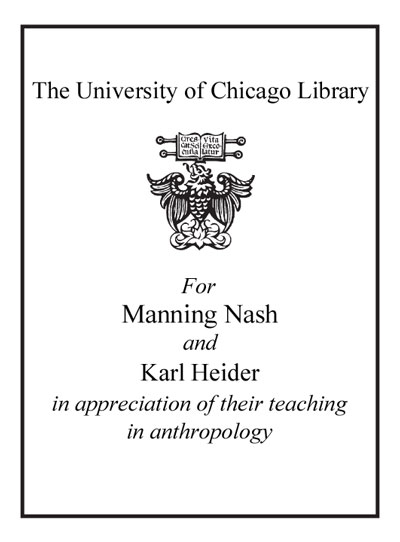Review by Choice Review
"Home is where the heart is," as the adage has it, and like "the heart," home has a history as old as humanity. Moore (California State Univ., Dominguez Hills) is an archaeologist who seeks "ancient traces of home" in his various excavations, and through them he finds "the creativity invested in dwellings" to be "astounding." Homes vary in construction, depending upon available materials, environmental constraints, and political purposes, yet they not only passively reflect but also actively shape lives as people take action in the world. In prose readily accessible to entry-level undergraduates, Moore offers examples from societies and ecologies ranging from a 1.5-million-year-old home discovered in Olduvai, Kenya, to the housing bust of Los Angeles these past few years. Comparative perspectives reveal underlying notions and practices of space and place. The "planning, forethought, and order" demonstrated in foragers' "mobile homes" belie biased descriptions of "primitive" people, for instance. Much is to be learned from those living in close confines as chosen (apartments) or prescribed (prisons); from gated communities and the cultural constructions of "security" so made manifest; and from the pretensions of "noble homes" and glories of sacred dwellings. Summing Up: Recommended. General and undergraduate collections. A. F. Roberts University of California, Los Angeles
Copyright American Library Association, used with permission.
Review by Publisher's Weekly Review
Using archaeological records and personal experience, anthropologist and archaeologist Moore (Architecture and Power in the Ancient Andes) crafts a study of the home that is equally scholarly and entertaining. First establishing a distinction between the shelters of animals and the homes of humans, Moore goes on in prose learned and lyrical ("[W]e carefully scoop up the loosened midden and sieve it through dry shaker screens") to depart from the popular belief that sedentism resulted from a shift to agricultural societies; instead, Moore suggests that "Sedentism developed when people had too much stuff." Of course, homes mean more than increased storage: human shelters, designated by a richly diverse nomenclature (e.g., palace, kraal, billet, cabin, chalet, igloo, shanty, and condo), can be temporary, portable, and even act as metaphors for they societies in which they are found. Homes can delineate gender roles, establish class differences, protect their inhabitants from outsiders, and serve as manifestations of social fears and anxieties-in his discussion of gated communities, Moore takes on Barbara Ehrenreich's assertion that "Hell is a Gated Community" by responding, "so is Heaven." Ranging from the epically historical (as in the preservation of Pompeii) to the immediate and close-to-home (as when Moore describes the fatal house fire of an eccentric neighbor), the author employs wit and plenty of research to offer up a wonderfully thought-provoking exploration of how our most intimate edifices are intertwined with human nature. Photos. (May) © Copyright PWxyz, LLC. All rights reserved.
Review by Choice Review
Review by Publisher's Weekly Review

